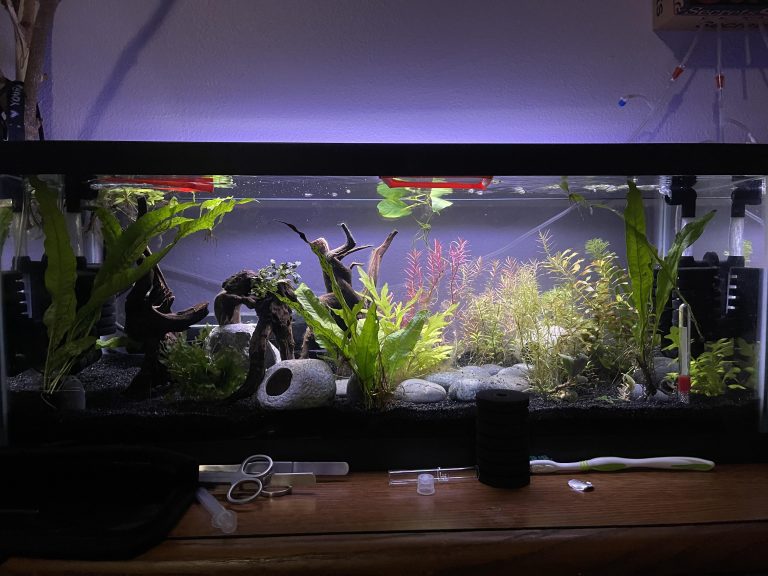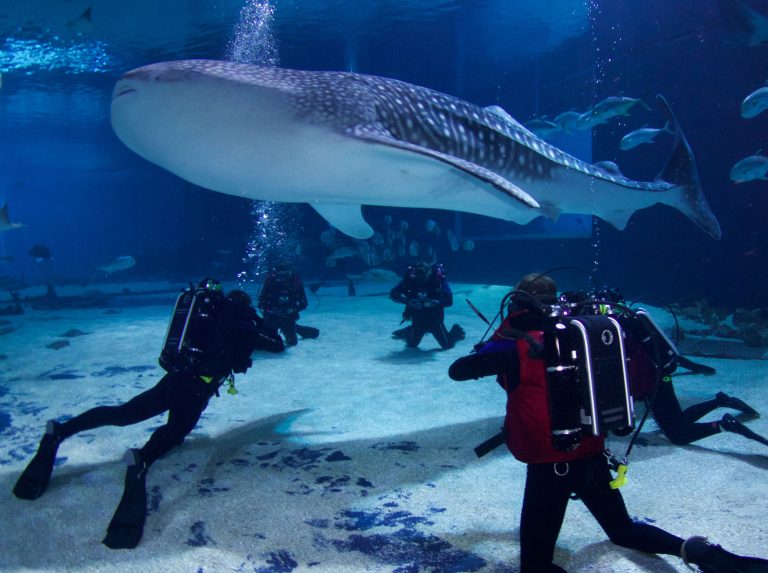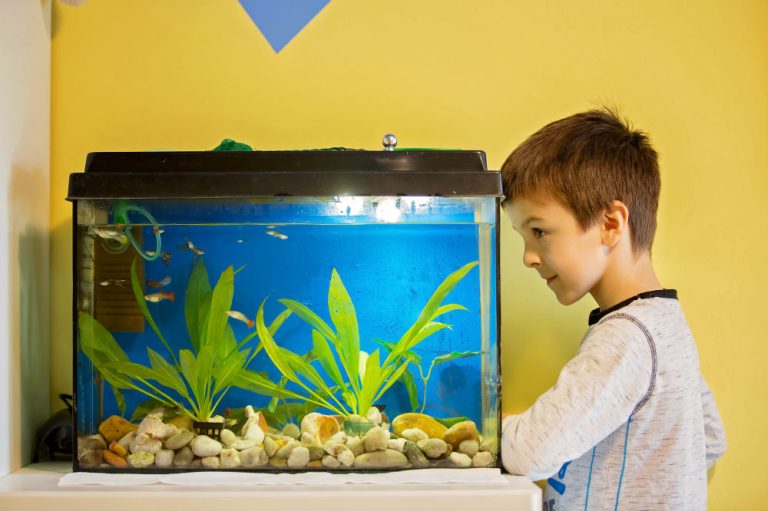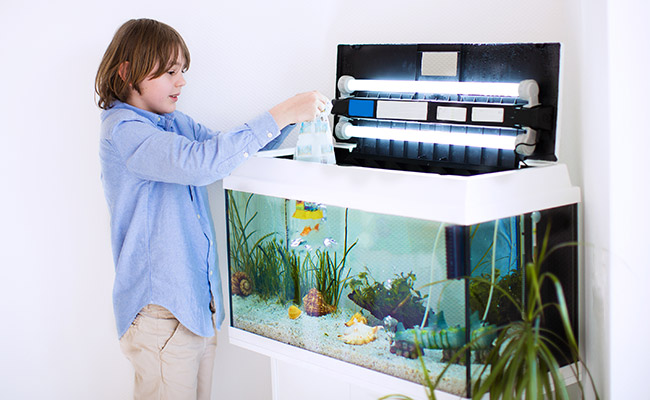Do Turtles Need A Heat Lamp
Do turtles need a heat lamp? The answer is yes, most turtles do require a heat lamp to maintain their health and overall well-being. As ectothermic creatures, turtles rely on external sources of heat to regulate their body temperature. In the wild, they bask in the sun to warm themselves up, but in captivity, a heat lamp serves as a substitute for the sun’s rays. Let’s explore the importance of a heat lamp for turtles in more detail.
Creating the Ideal Habitat
To ensure the proper care of your turtle, it’s essential to recreate a habitat that mimics their natural environment. This includes providing a heat source that allows them to regulate their body temperature. Turtles are ectothermic, meaning they rely on external heat sources to warm themselves up. Without a heat lamp, they may struggle to maintain their optimum body temperature, which can lead to various health issues.

The Role of a Heat Lamp
A heat lamp serves multiple purposes in a turtle’s habitat. Firstly, it provides the necessary warmth to help them thermoregulate. This is crucial because turtles need specific temperature zones within their enclosure to accommodate their various activities, such as basking, swimming, and resting. The heat lamp creates a basking spot, which is significantly warmer than the rest of the tank. Turtles can then move between the warmer and cooler areas as needed to regulate their body temperature.
Secondly, a heat lamp also provides the essential UVB light that turtles require for the synthesis of Vitamin D3. Vitamin D3 plays a crucial role in the absorption of calcium, which is necessary for healthy shell growth and overall bone health. Without exposure to UVB light, turtles can develop metabolic bone disease, a condition that weakens their bones and shells.
Choosing the Right Heat Lamp
When selecting a heat lamp for your turtle’s habitat, there are a few factors to consider. The wattage of the bulb is one of the most important aspects. Different turtle species have different temperature requirements, so it’s vital to research the specific needs of your turtle. As a general rule, most turtle species require a basking spot temperature of around 90-95 degrees Fahrenheit (32-35 degrees Celsius).
It’s also crucial to choose a bulb that emits both heat and UVB light. Some heat lamps are specifically designed for reptiles and provide a combination of both. However, it’s worth noting that UVB rays degrade over time, so it’s essential to replace the bulb regularly to ensure your turtle is receiving adequate UVB exposure.
Additional Considerations
While a heat lamp is crucial for your turtle’s well-being, it’s not the only factor to consider. Here are some additional considerations to keep in mind:
Natural Lighting
While a heat lamp is necessary for providing warmth and UVB light, natural lighting should also be incorporated into your turtle’s habitat. Allowing your turtle access to natural sunlight, either by taking them outside or placing their enclosure near a window, can provide additional benefits. Natural sunlight provides a broader spectrum of UVB rays and a more natural lighting cycle, which can help regulate their biological functions.
Temperature Monitoring
To ensure that your turtle’s habitat remains within the appropriate temperature range, it’s essential to monitor it regularly. You can use a thermometer to measure both the basking spot temperature and the overall temperature within the enclosure. This will help you make any necessary adjustments to ensure your turtle is comfortable and healthy.
Proper Diet and Nutrition
In addition to temperature and lighting, a balanced and nutritious diet is crucial for your turtle’s overall health. Providing a varied diet that includes both commercial turtle pellets and fresh foods such as vegetables, fruits, and insects will help ensure they receive all the necessary nutrients.
Frequently Asked Questions
Q: Can I use a regular light bulb instead of a heat lamp?
**A:** No, it is not recommended to use a regular light bulb as a heat source for turtles. Regular bulbs do not provide the necessary heat and UVB light that turtles require. It’s best to invest in a heat lamp specifically designed for reptiles.
Q: How long should I leave the heat lamp on?
**A:** The heat lamp should be left on for approximately 12-14 hours a day, simulating a natural day and night cycle. It’s important to provide a period of darkness and rest for your turtle.
Q: Can I use a heat mat instead of a heat lamp?
**A:** While heat mats can provide some warmth to the enclosure, they are not a suitable replacement for a heat lamp. Turtles require a basking spot with both heat and UVB light, which a heat mat cannot provide.
Q: Should I turn off the heat lamp at night?
**A:** Yes, turtles require a period of darkness and lower temperatures at night. It’s important to turn off the heat lamp to mimic their natural habitat.
Final Thoughts
Providing a suitable heat source, such as a heat lamp, is crucial for the health and well-being of your pet turtle. It allows them to thermoregulate, maintain a healthy body temperature, and receive the necessary UVB light for Vitamin D3 synthesis. Along with proper diet, natural lighting, and temperature monitoring, a heat lamp ensures that your turtle thrives in a habitat that closely resembles their natural environment. So, if you’re contemplating owning a turtle or already have one, invest in a quality heat lamp to create the ideal living conditions for your cold-blooded friend.






